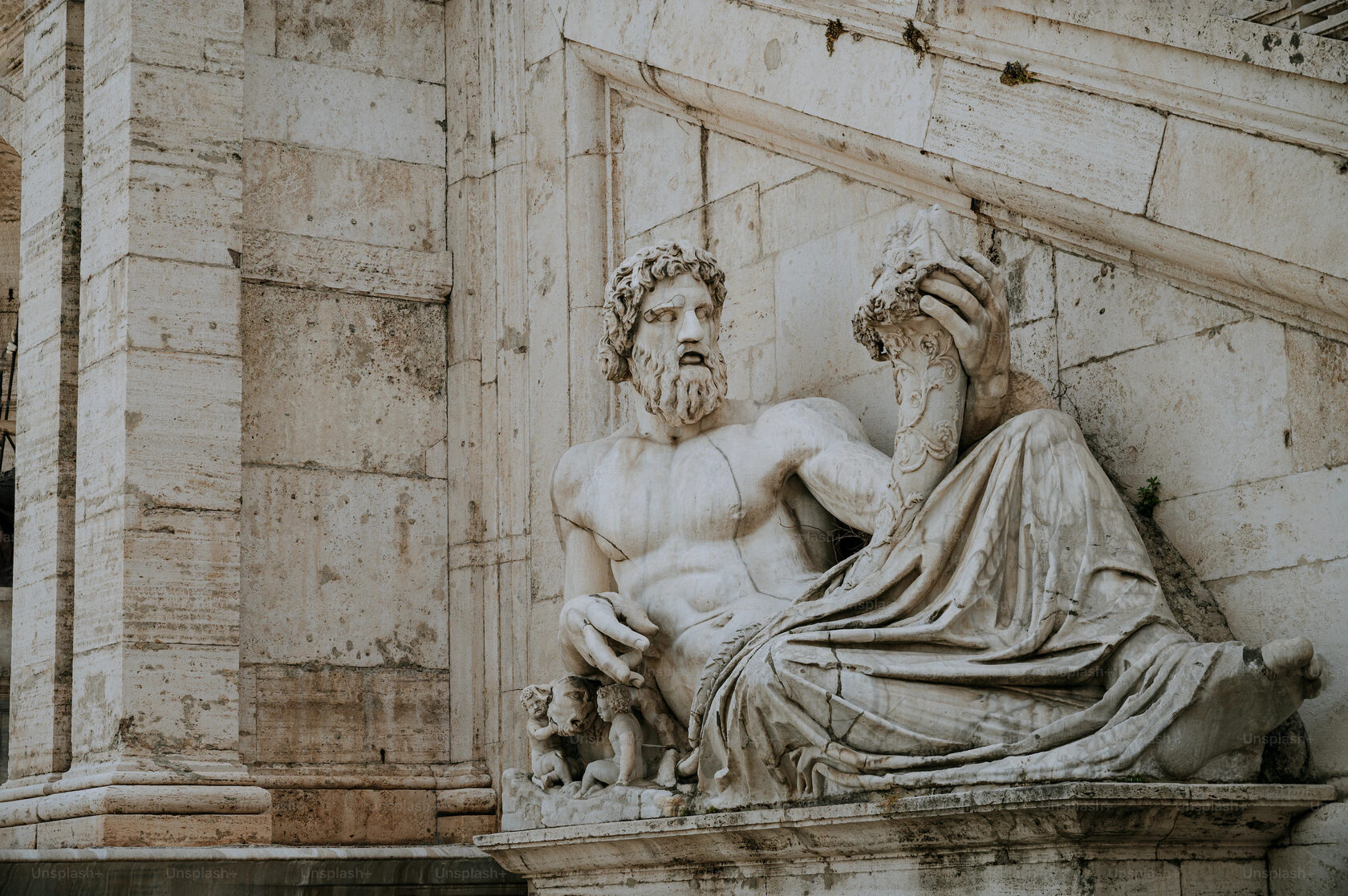The article emphasises the expansive role of an art critic, extending beyond analysis to actively shape the art world narrative. It describes a day in the life of an art critic, highlighting their impact on public perception through various mediums. The author’s thesis underscores the critical role of art criticism in interpreting conceptual art for a wider audience. The knowledge expected of an art critic spans diverse disciplines, and analytical skills are crucial to avoid superficial interpretations. The article emphasises the importance of critical thinking, literary skills, and engagement with the artistic community. Education for an art critic involves a blend of theoretical understanding and practical experience, with renowned universities offering specialised programs worldwide. The conclusion asserts the enduring relevance of the art critic profession, dispelling misconceptions and positioning it as crucial for the future of contemporary art.
The role of an art critic extends beyond a mere analysis of artworks; it encompasses a dynamic engagement with the art world, influencing public perception and steering the course of artistic movements. A typical day in the life of an art critic involves meticulous observation of works, attendance at exhibitions, and the thoughtful articulation of insights in writing. Their influence is not confined to conventional reviews but extends to analytical articles, exhibition materials, and captions that collectively shape the narrative of artistic endeavours.
Like no one else, I understand the importance of the profession of an art critic. In my exploration within the thesis titled “The Role of Art Criticism in the Interpretation and Understanding of Conceptual Art by Audiences,” the critical importance of art criticism in the contemporary landscape becomes evident. Conceptual art, often delving into abstract and complex ideas, necessitates the interpretative lens of art criticism to unveil its significance for a broader audience. Without this intermediary, the popularity and comprehension of contemporary art face potential erosion.
Like no one else, I understand the importance of the profession of an art critic. In my exploration within the thesis titled “The Role of Art Criticism in the Interpretation and Understanding of Conceptual Art by Audiences,” the critical importance of art criticism in the contemporary landscape becomes evident. Conceptual art, often delving into abstract and complex ideas, necessitates the interpretative lens of art criticism to unveil its significance for a broader audience. Without this intermediary, the popularity and comprehension of contemporary art face potential erosion.
The knowledge demanded of an art critic transcends the boundaries of art history; it encompasses sociology, the entirety of history, and a broader cultural spectrum.
This comprehensive understanding is not a luxury but a necessity to prevent distortions in the perception and analysis of artworks. Analytical skills stand as a linchpin, allowing the critic to discern key elements, comprehend intricate details, and evaluate them within the broader context of artistic language. Without these skills, the art critic risks becoming a surface-level interpreter, missing the profound nuances embedded in art.
Critical thinking is another cornerstone of an art critic’s toolkit. The ability to formulate informed and objective opinions based on rigorous analysis is integral to the role.
A scientific approach, devoid of personal biases, ensures the critic contributes meaningfully to the discourse surrounding art. Understanding the socio-cultural and historical context in which artworks are created is indispensable. Art critics must consider these factors to avoid distortions in interpretation and foster a more comprehensive understanding of the works.
Literary skills are essential, given that much of an art critic’s work involves writing reviews, analytical articles, and exhibition materials. The ability to express thoughts ensures effective communication of the critic's perspective to the audience. Furthermore, an art critic must actively engage with artists, curators, and other art professionals. Establishing a respected presence within the artistic community is vital, and openness to new trends signifies a willingness to adapt to contemporary artistic movements and embrace changes in the artistic environment.
Education for an art critic goes beyond theoretical knowledge; it demands a balance between theoretical understanding and practical experience. Practical exposure can be gained through participation in educational institution projects, writing reviews, and organising exhibitions. Student publications offer a platform for creative expression, while personal platforms such as Instagram or blogs can serve as avenues to share thoughts and opinions.
Visiting art exhibitions, participating in cultural events, and interacting with professionals directly immerse aspiring art critics in the world they seek to understand and critique. This not only broadens horizons but also provides invaluable material for reviews and analytics. Communication with art professionals – critics, teachers, and artists – is indispensable. Making contacts and discussing views with experienced individuals in the field offers practical advice and potential employment opportunities in the future.
In the realm of dedicated programs focused on the history and criticism of art, esteemed universities worldwide offer specialised courses. The University of Milan (UniMi) offers a program within its Faculty of Arts and Philosophy known as “History and Criticism of Art.” Further south in Venice, Ca’ Foscari University provides a compelling program named “Art Criticism and Curatorial Practice” within the Department of Philosophy and Cultural Heritage. The University of Amsterdam, situated in the Netherlands, has a unique dual Master’s programme “Curating Art and Cultures,” emphasising the intersection of critical discourse and curatorial practices.
In the United Kingdom, Central Saint Martins, part of the University of the Arts London, integrates art criticism into its Culture and Enterprise faculty, offering a comprehensive program covering “Culture, Criticism and Curation.” The Royal College of Art in London, within its School of Arts and Humanities, offers a program focusing on “Critical Writing in Art and Design.” Goldsmiths, part of the University of London, features a program in the Department of Art known as “Art Writing,” providing a space for students to refine their skills in the nuanced craft of articulating critical perspectives on art.
Visiting art exhibitions, participating in cultural events, and interacting with professionals directly immerse aspiring art critics in the world they seek to understand and critique. This not only broadens horizons but also provides invaluable material for reviews and analytics. Communication with art professionals – critics, teachers, and artists – is indispensable. Making contacts and discussing views with experienced individuals in the field offers practical advice and potential employment opportunities in the future.
In the realm of dedicated programs focused on the history and criticism of art, esteemed universities worldwide offer specialised courses. The University of Milan (UniMi) offers a program within its Faculty of Arts and Philosophy known as “History and Criticism of Art.” Further south in Venice, Ca’ Foscari University provides a compelling program named “Art Criticism and Curatorial Practice” within the Department of Philosophy and Cultural Heritage. The University of Amsterdam, situated in the Netherlands, has a unique dual Master’s programme “Curating Art and Cultures,” emphasising the intersection of critical discourse and curatorial practices.
In the United Kingdom, Central Saint Martins, part of the University of the Arts London, integrates art criticism into its Culture and Enterprise faculty, offering a comprehensive program covering “Culture, Criticism and Curation.” The Royal College of Art in London, within its School of Arts and Humanities, offers a program focusing on “Critical Writing in Art and Design.” Goldsmiths, part of the University of London, features a program in the Department of Art known as “Art Writing,” providing a space for students to refine their skills in the nuanced craft of articulating critical perspectives on art.
In the United States, Bard College houses the Center for Curatorial Studies, offering a comprehensive graduate program. The program is an immersive exploration of the history of contemporary art, the methodologies and procedures involved in exhibition curation, and the theoretical and critical aspects of contemporary art from the 1960s onwards. Further west, the University of California, Irvine, boasts a program in the Department of Art History titled “Visual Studies,” which delves into the theoretical foundations of visual culture and critical analysis.
If you are eager to expedite your immersion into the art critic profession without awaiting university enrolment, a prudent option is to explore short courses provided by esteemed institutions such as Christie’s and Sotheby’s. As of 2024, these organisations remain preeminent figures in the global art history market.
The Sotheby’s Institute of Art presents compelling summer programmes, including “Art History” and “Museums, Galleries, Auction Houses,” each designed to facilitate a profound exploration of distinct facets of the art world. Participation in these courses not only fosters a nuanced understanding of art but also augments your curriculum vitae significantly.
Simultaneously, Christie’s Education offers programmes meticulously crafted for the aspiring art critic. A noteworthy example is the upcoming course titled “Understanding Contemporary Art and its Market,” scheduled for May 2024.
Both institutions underscore the paramount importance of practical engagement and mentorship from seasoned art professionals, positioning them as optimal choices for those intent on honing their art criticism skills under the guidance of industry luminaries.
These programs collectively represent a diverse range of approaches to art criticism, blending theoretical inquiry with practical application and equipping students to engage thoughtfully with the evolving landscape of art and culture.
In conclusion, the art critic’s profession encapsulates a multifaceted journey that demands a synthesis of academic knowledge, analytical prowess, critical thinking, and practical experience. As the art world continues to evolve, art critics play an indispensable role in guiding public understanding and interpretation. The future of art criticism hinges on the ability to adapt to new trends, engage with diverse perspectives, and contribute meaningfully to the ever-changing discourse surrounding art. In this dynamic landscape, aspiring art critics must not only strive for academic excellence but also actively seek opportunities to immerse themselves in the practicalities of the profession. Art, in its essence, is not confined to what one sees but to what one makes others see. The art critic, as a mediator between the artist and the audience, holds the key to unlocking the profound narratives embedded in the canvas of contemporary art.
Simultaneously, Christie’s Education offers programmes meticulously crafted for the aspiring art critic. A noteworthy example is the upcoming course titled “Understanding Contemporary Art and its Market,” scheduled for May 2024.
Both institutions underscore the paramount importance of practical engagement and mentorship from seasoned art professionals, positioning them as optimal choices for those intent on honing their art criticism skills under the guidance of industry luminaries.
These programs collectively represent a diverse range of approaches to art criticism, blending theoretical inquiry with practical application and equipping students to engage thoughtfully with the evolving landscape of art and culture.
In conclusion, the art critic’s profession encapsulates a multifaceted journey that demands a synthesis of academic knowledge, analytical prowess, critical thinking, and practical experience. As the art world continues to evolve, art critics play an indispensable role in guiding public understanding and interpretation. The future of art criticism hinges on the ability to adapt to new trends, engage with diverse perspectives, and contribute meaningfully to the ever-changing discourse surrounding art. In this dynamic landscape, aspiring art critics must not only strive for academic excellence but also actively seek opportunities to immerse themselves in the practicalities of the profession. Art, in its essence, is not confined to what one sees but to what one makes others see. The art critic, as a mediator between the artist and the audience, holds the key to unlocking the profound narratives embedded in the canvas of contemporary art.








